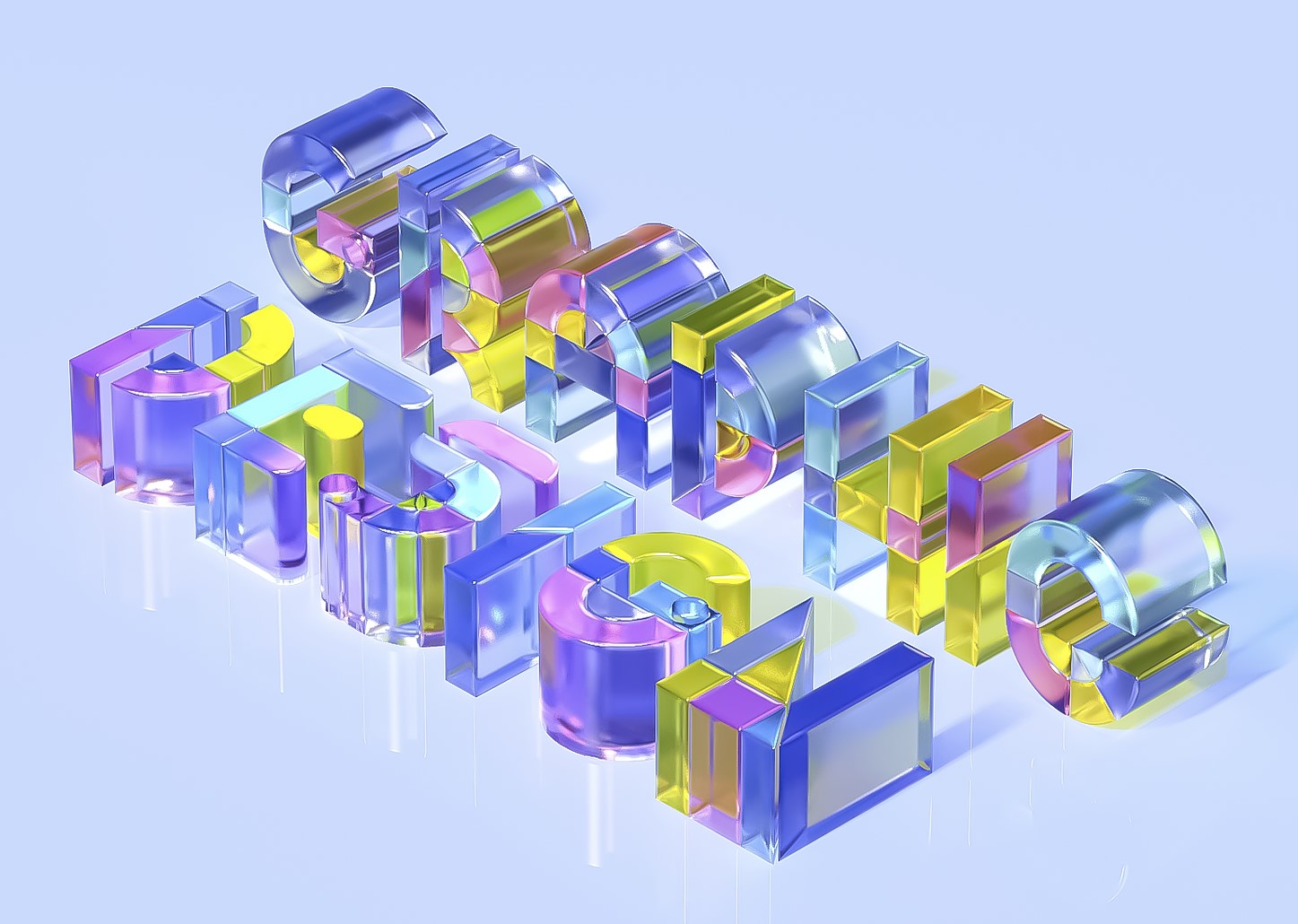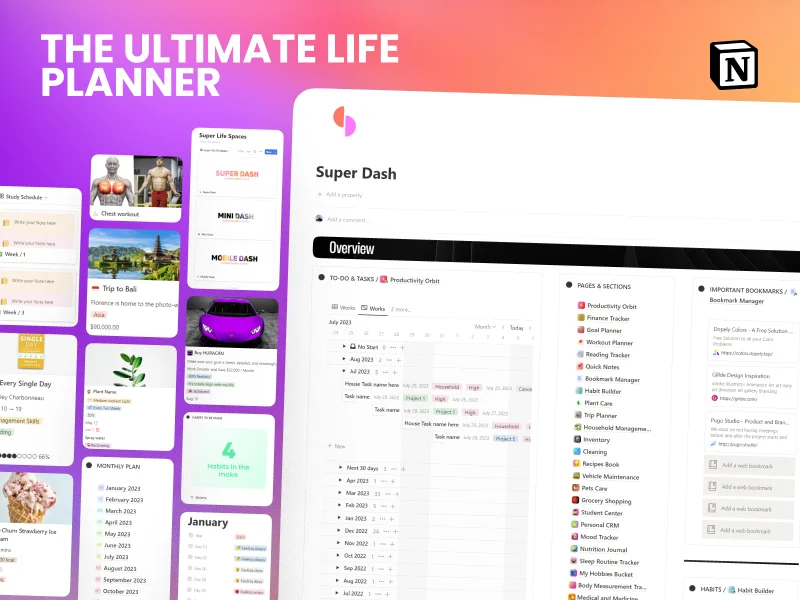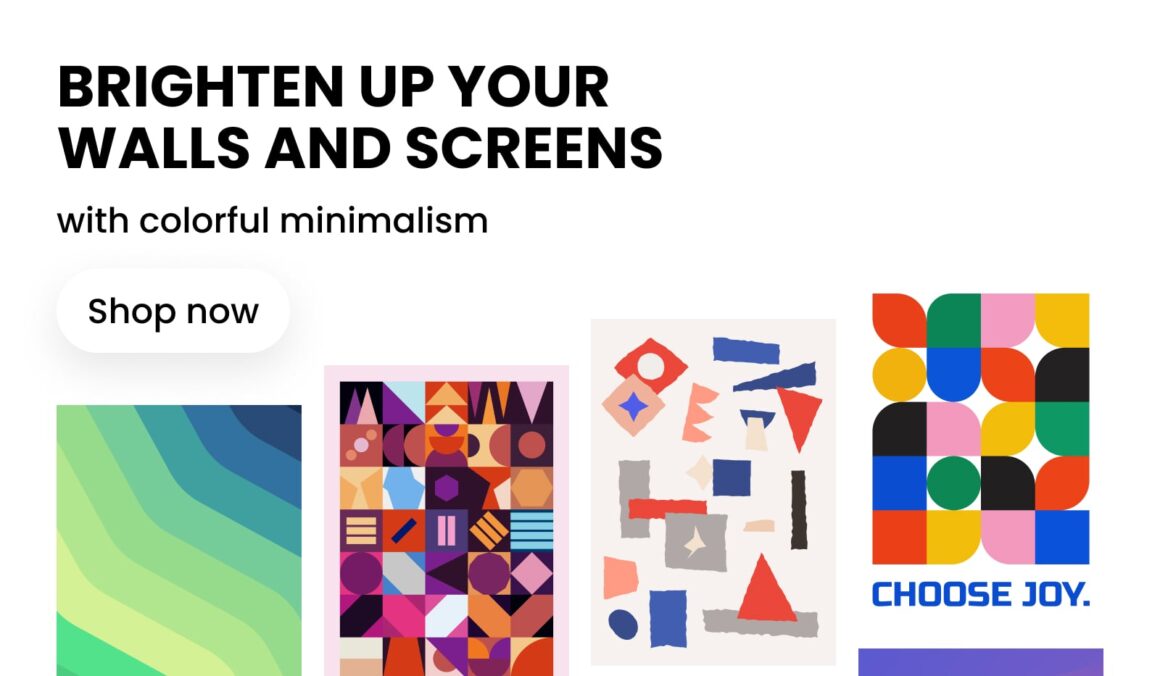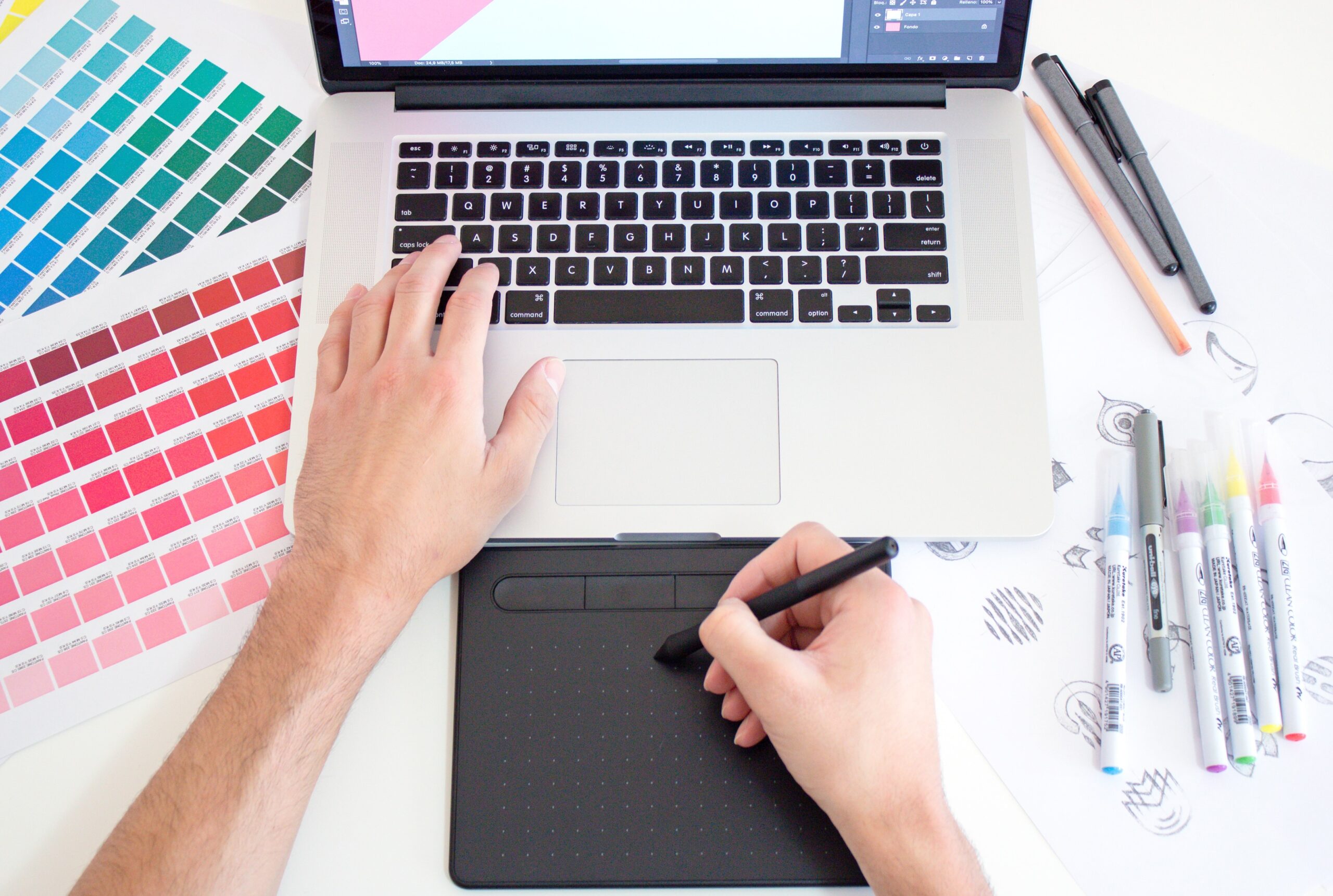In the world of graphic design, 3D design is becoming increasingly popular. With the ability to add depth and dimension to artwork, 3D design can take your designs to the next level. In this blog post, we will explore the world of 3D graphic design, and how it can enhance your artwork.
Creating 3D Designs
Creating 3D designs can be a daunting task, but with the right tools and techniques, it can be a rewarding experience. There are many 3D design software options available, each with its own strengths and weaknesses. Some popular options include Blender, Maya, and 3D Studio Max. These programs allow you to create 3D models and scenes, which you can then integrate into your 2D artwork.
Enhancing 2D Artwork with 3D Elements
Adding 3D elements to your 2D artwork can add depth and dimension, making it more visually appealing. For example, you can add 3D text to a flat design, or create a 3D object that interacts with the rest of the artwork. This can be done using the 3D design software mentioned earlier, or with plugins for programs like Adobe Photoshop or Illustrator.
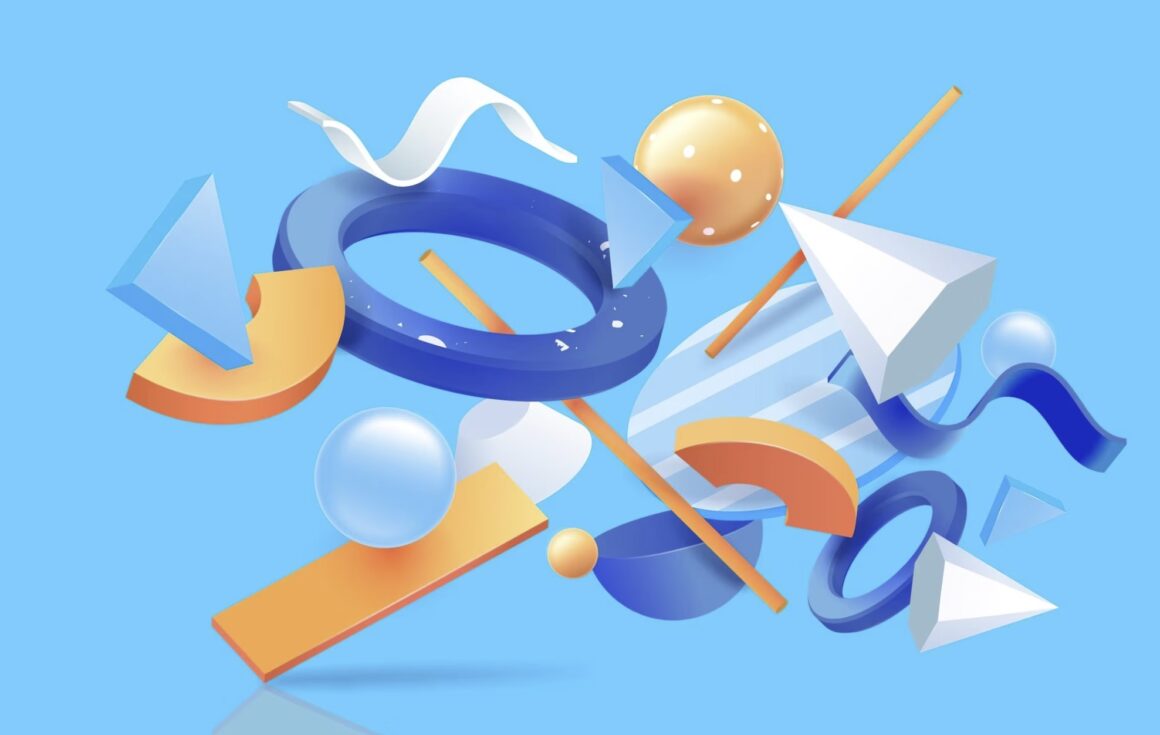
Benefits of 3D Graphic Design
The benefits of 3D graphic design are numerous. Not only does it add depth and dimension to your artwork, but it also allows for more creative freedom. With 3D design, you can create realistic scenes and objects that would be impossible to achieve with 2D design alone. Additionally, 3D design is becoming more prevalent in industries such as architecture, product design, and animation, so having knowledge of 3D design can lead to more job opportunities.
Unlocking Dimensional Creativity
3D graphic design involves crafting images and visuals that appear three-dimensional, as if they exist in the real world. This realm of design is not confined to a single style or application; it encompasses a vast range of artistic interpretations. From futuristic architectural renderings to fantastical creatures, product prototypes to abstract art installations, 3D design enables you to give life to your imagination in ways you’ve never thought possible.
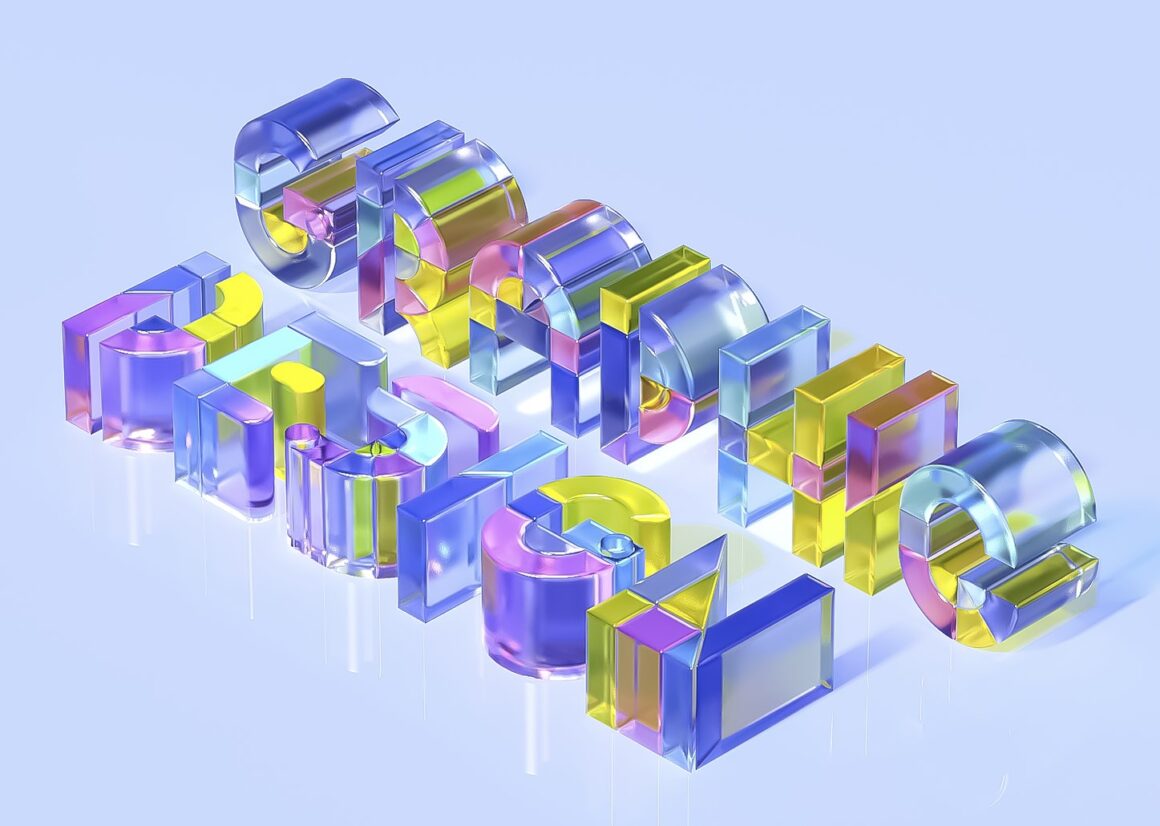
Adding Depth and Realism
The core difference between 2D and 3D design lies in the sense of depth. In 2D, you work with flat images on a single plane. 3D design, on the other hand, involves creating objects that occupy space and can be viewed from various angles. This depth adds a level of realism that can be highly impactful, especially in fields like advertising, gaming, animation, and product visualization.
Tools of the Trade
To venture into 3D graphic design, you’ll need to acquaint yourself with specialized software. Industry-standard tools like Blender, Cinema 4D, Maya, and 3ds Max offer a multitude of features for creating intricate 3D models, animations, and scenes. These software options often have steep learning curves, but the results are well worth the effort.

Breaking Down the Process
Creating 3D graphics involves several stages. First, you’ll construct a 3D model using various geometric shapes and manipulations. Then comes the texturing phase, where you add realistic surfaces and materials to your model. Lighting is crucial for achieving the right ambiance, shadows, and highlights. Finally, you’ll render your 3D scene, turning it into a high-resolution image or animation.
Applications of 3D Graphic Design
The applications of 3D graphic design are far-reaching. In the realm of advertising, products can be showcased with photorealistic accuracy, giving potential buyers a clear understanding of what they’re investing in. Architects can create immersive visualizations of their designs, allowing clients to virtually walk through spaces before they’re built. In entertainment, from video games to animated movies, 3D graphics breathe life into characters and worlds. Even in art and conceptual design, 3D offers a novel platform for self-expression.
Getting Started
Venturing into 3D graphic design may seem daunting, but it’s a journey worth embarking upon. Start with online tutorials and courses to grasp the basics of 3D modeling, lighting, and texturing. As you become more comfortable, challenge yourself with complex projects that push your creative and technical boundaries.
In a visual landscape that’s becoming increasingly immersive, 3D graphic design is a powerful tool that enables you to craft visuals that resonate deeply with your audience. Whether you’re aiming for hyper-realism or embracing a stylized aesthetic, adding depth and dimension to your artwork can open doors to a new level of creative expression. So, grab your virtual chisel and paintbrush, and dive into the fascinating world of 3D design!
Conclusion
In conclusion, 3D graphic design is a powerful tool that can enhance your artwork and provide more creative freedom. With the right software and techniques, anyone can create stunning 3D designs that add depth and dimension to their 2D artwork. So, why not explore the world of 3D design and take your artwork to the next level?
If you need more 3D, then check this post out:

